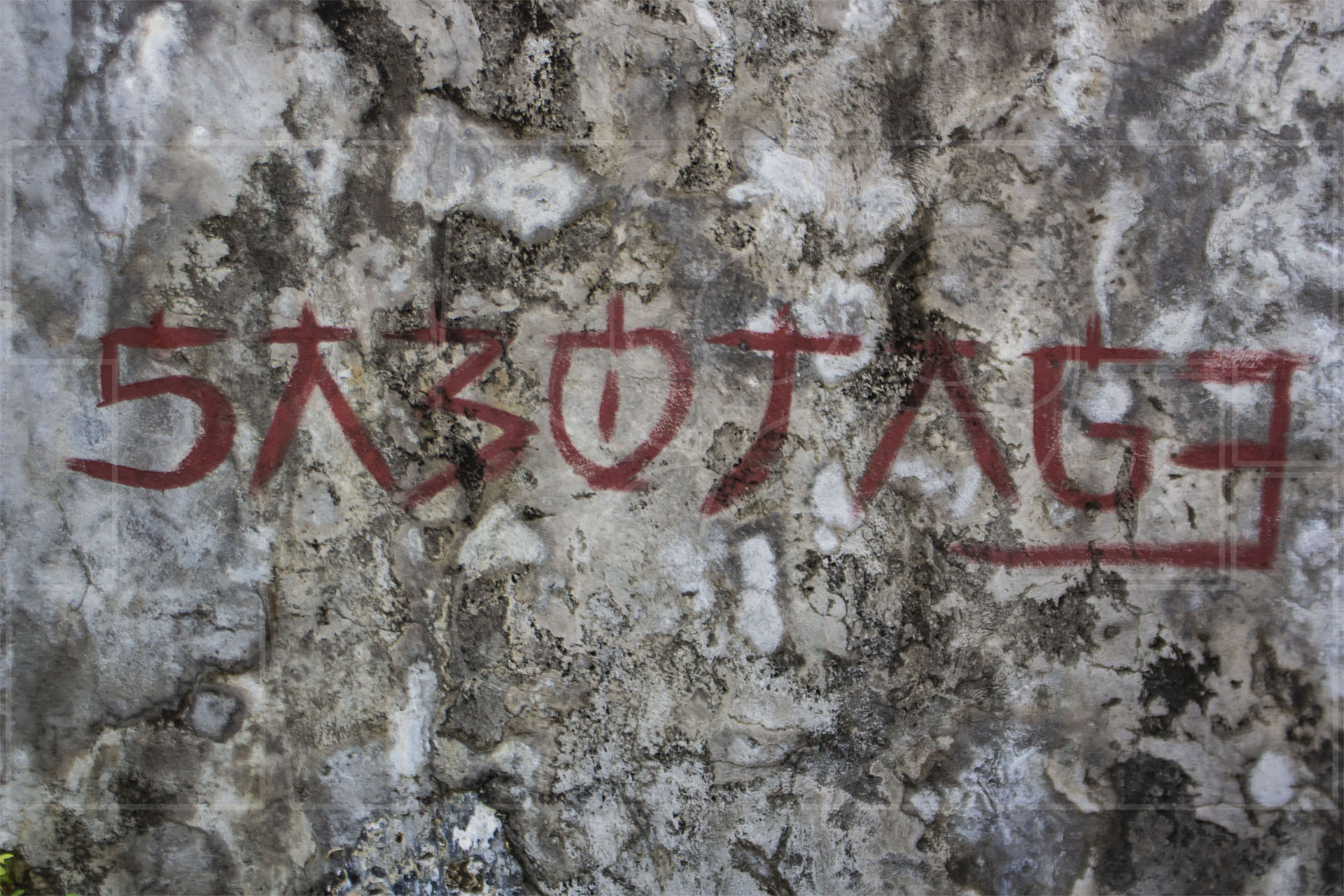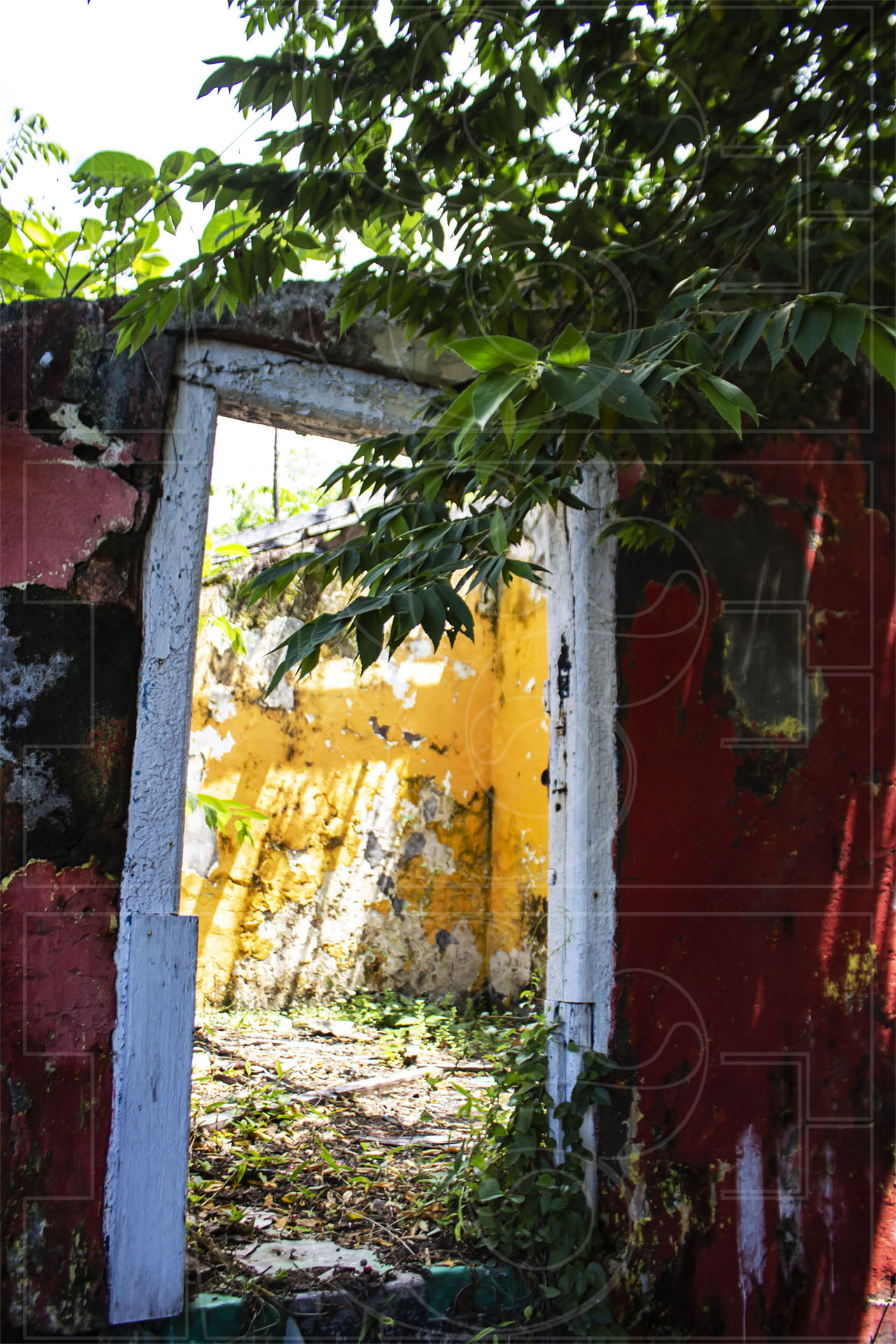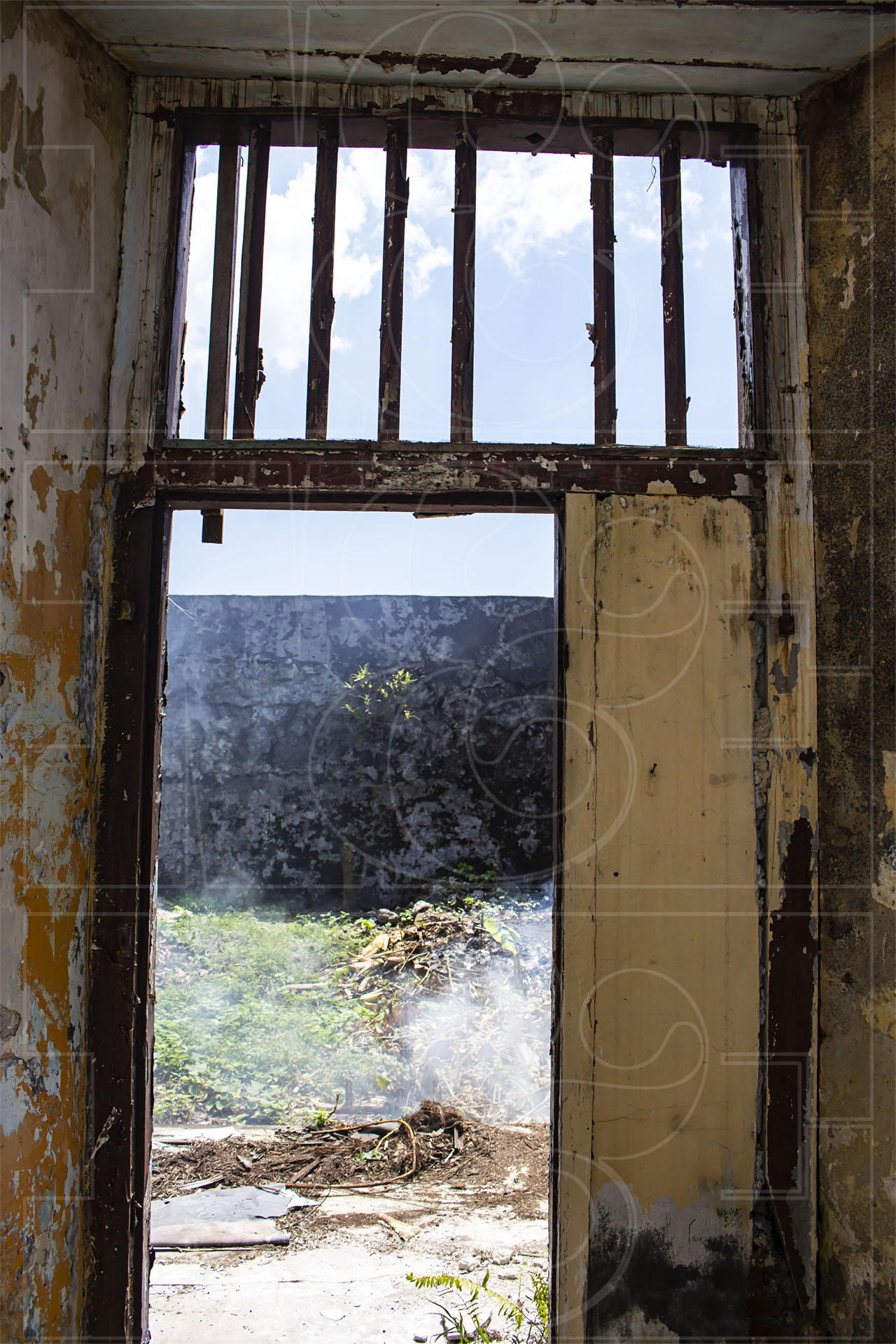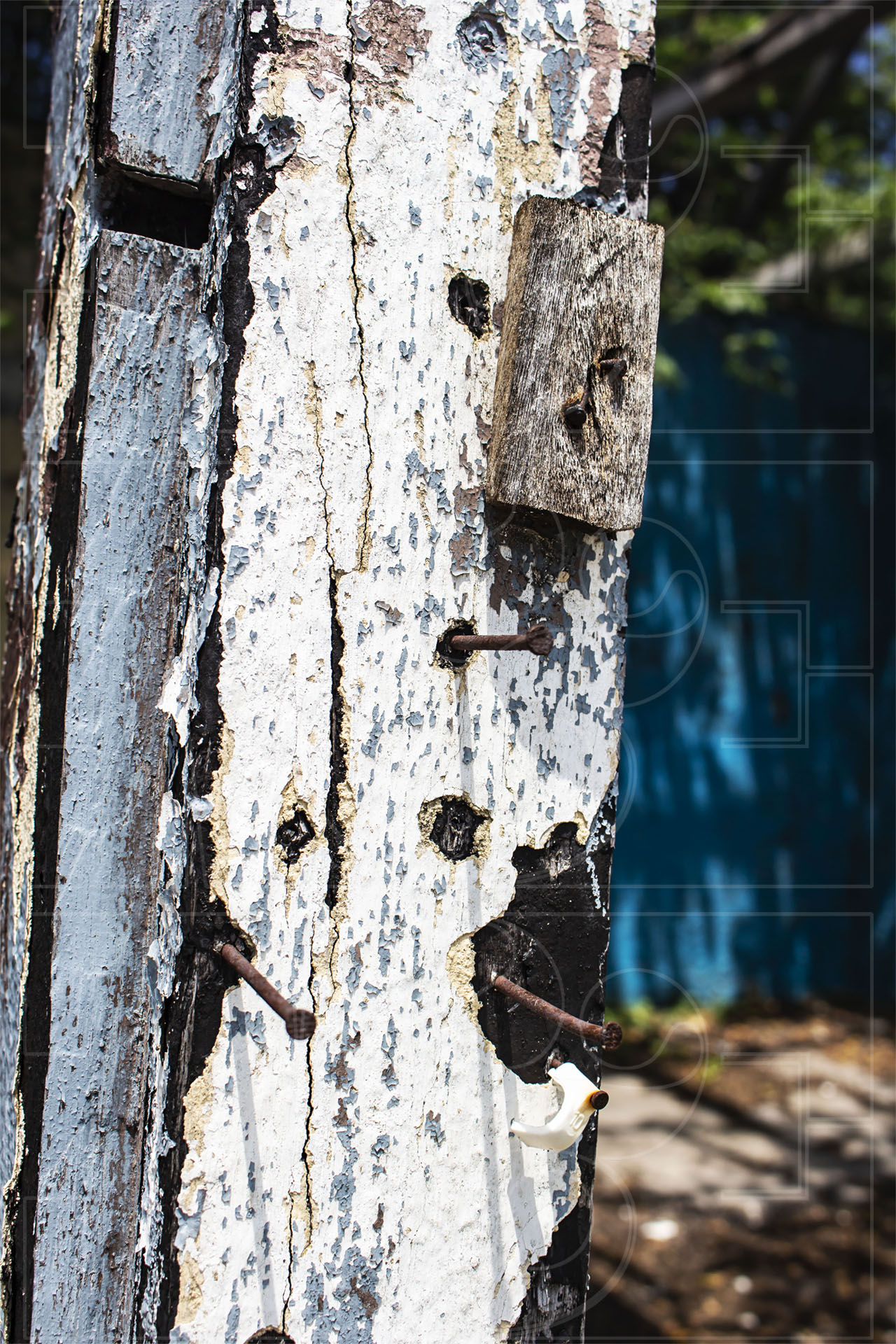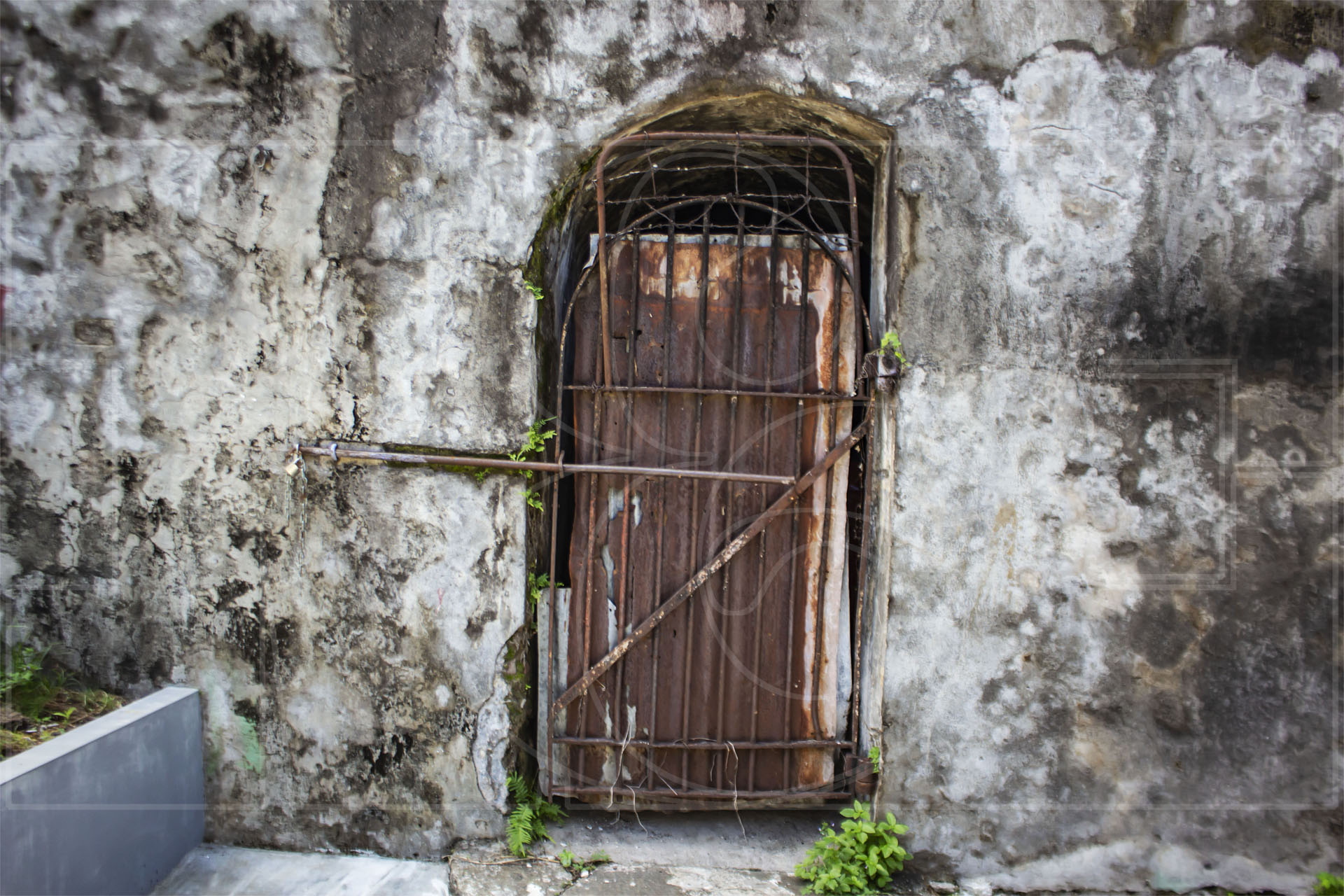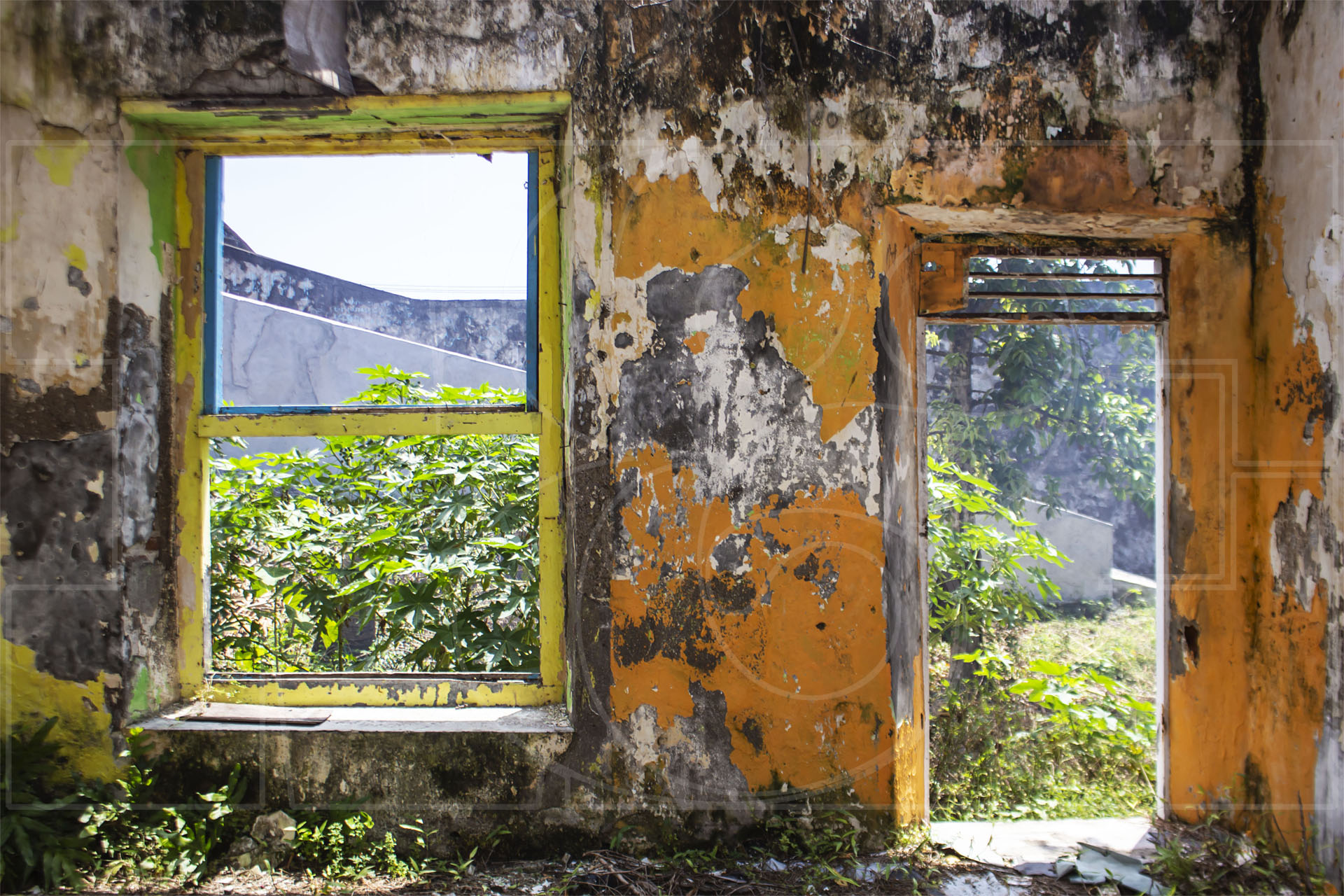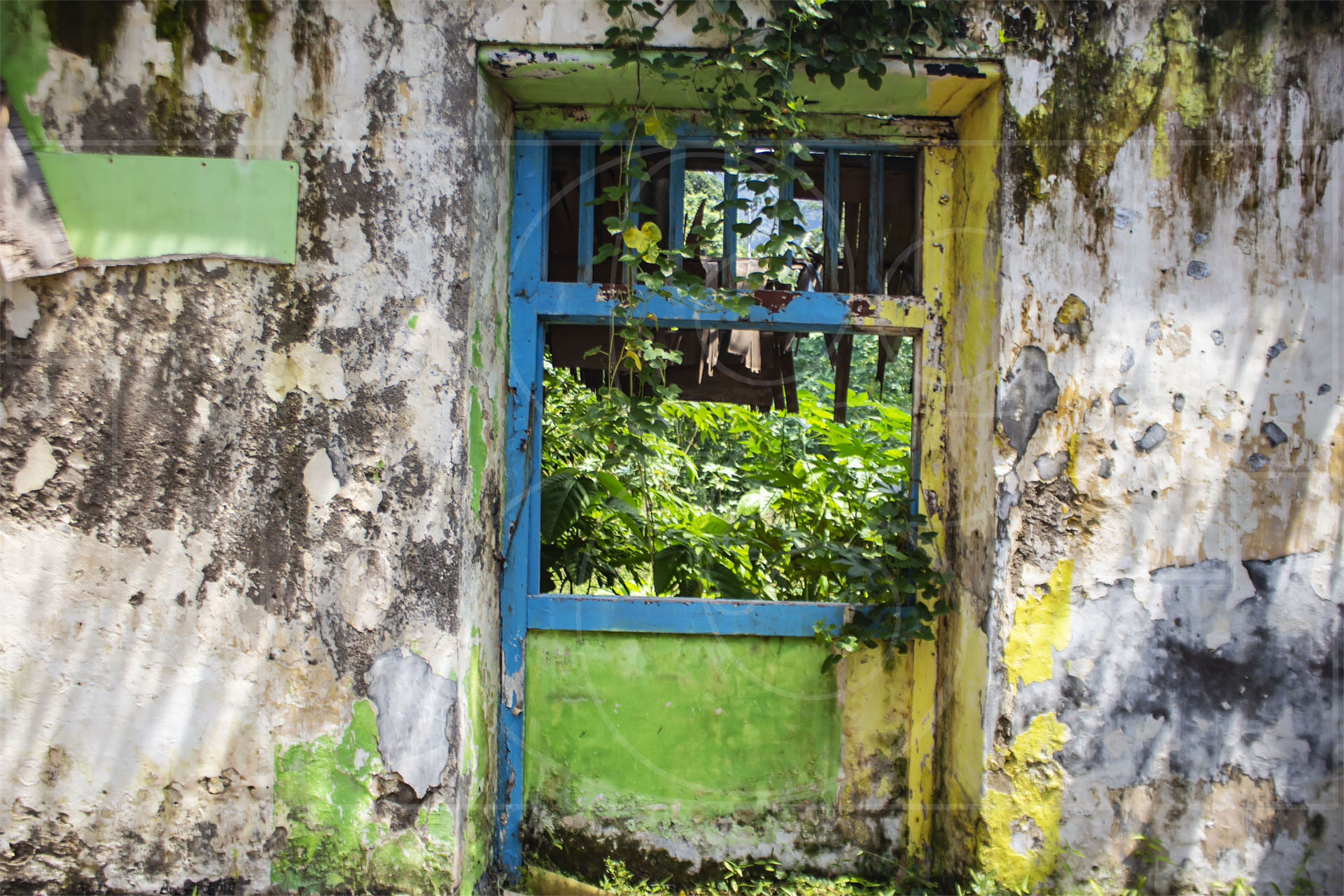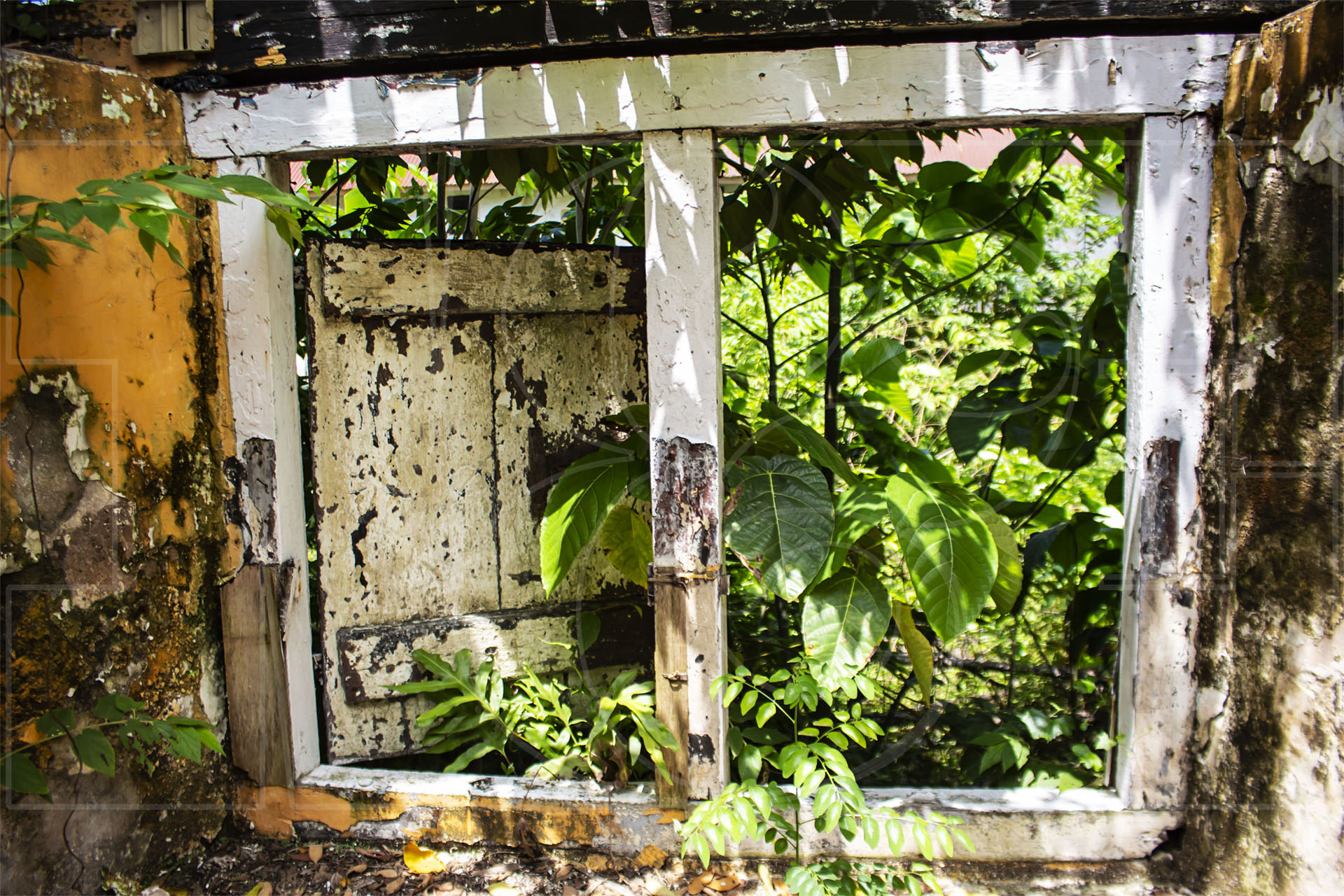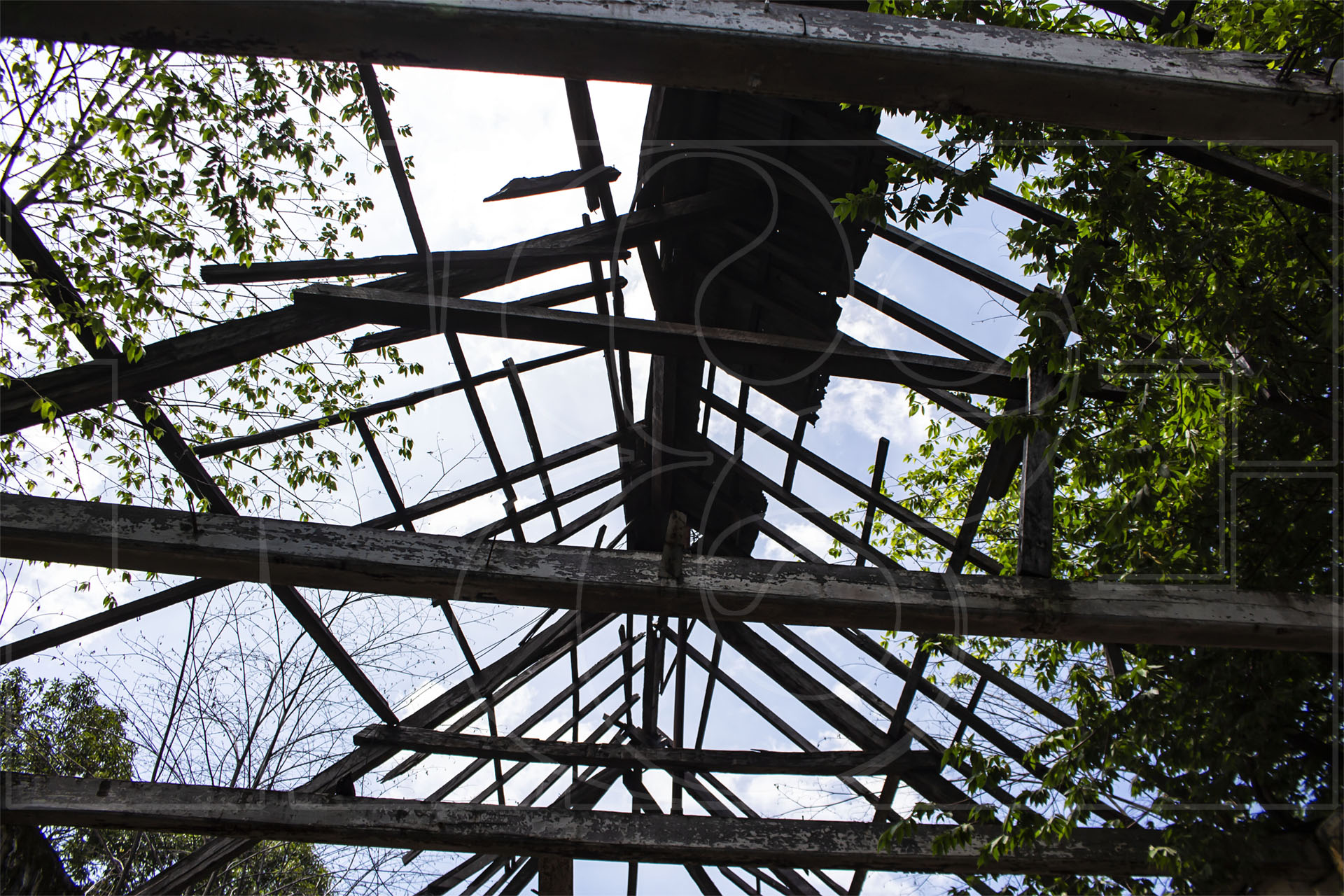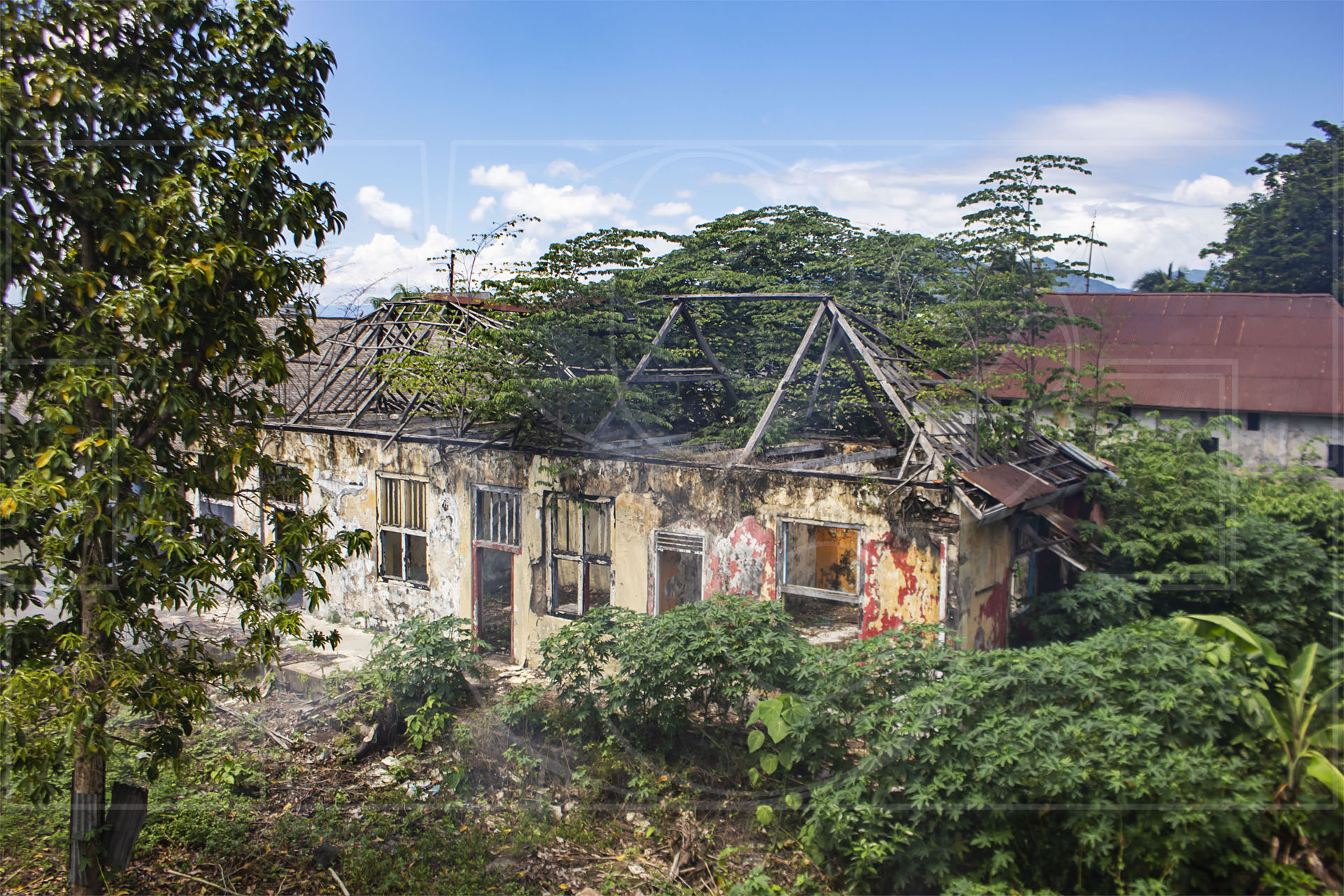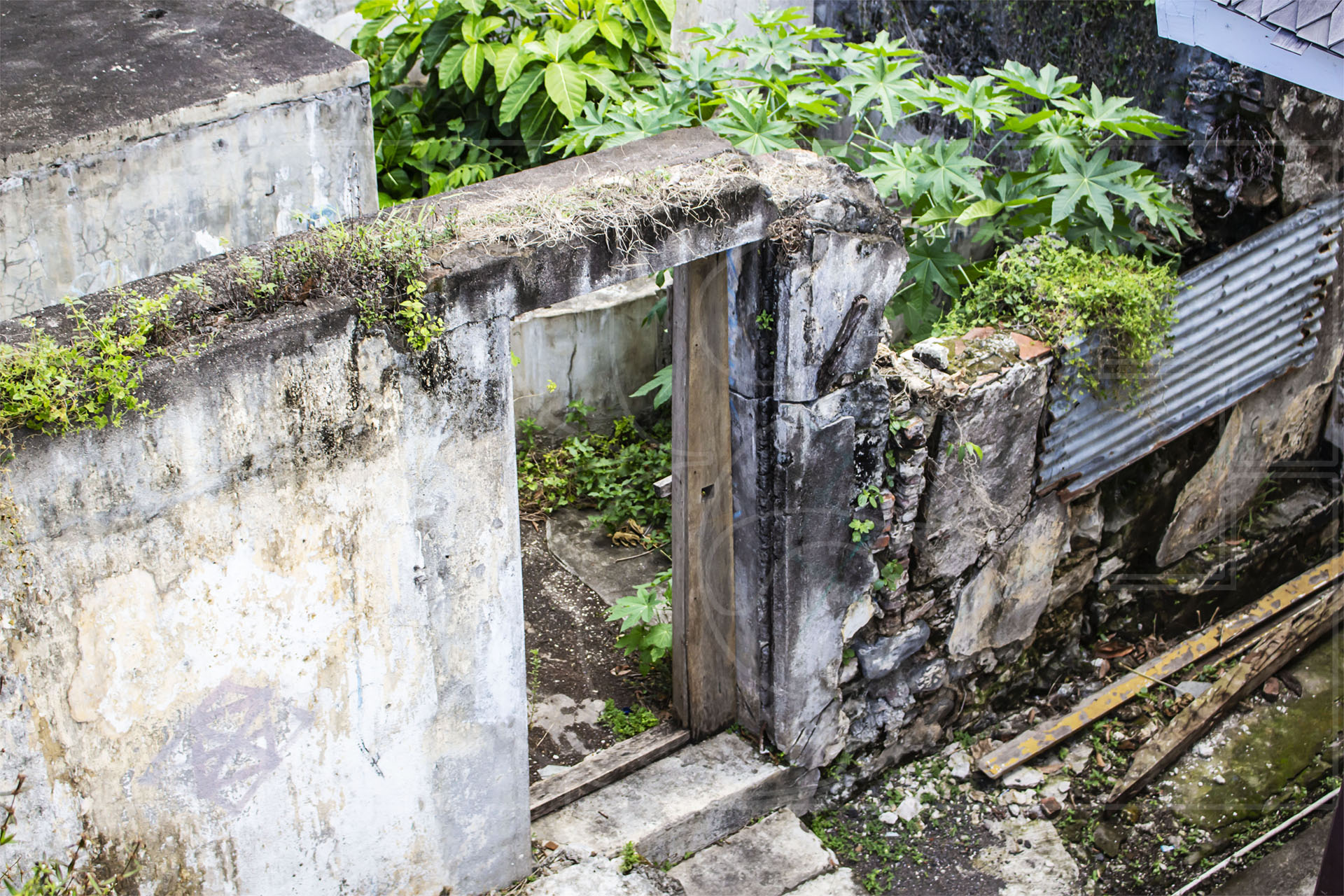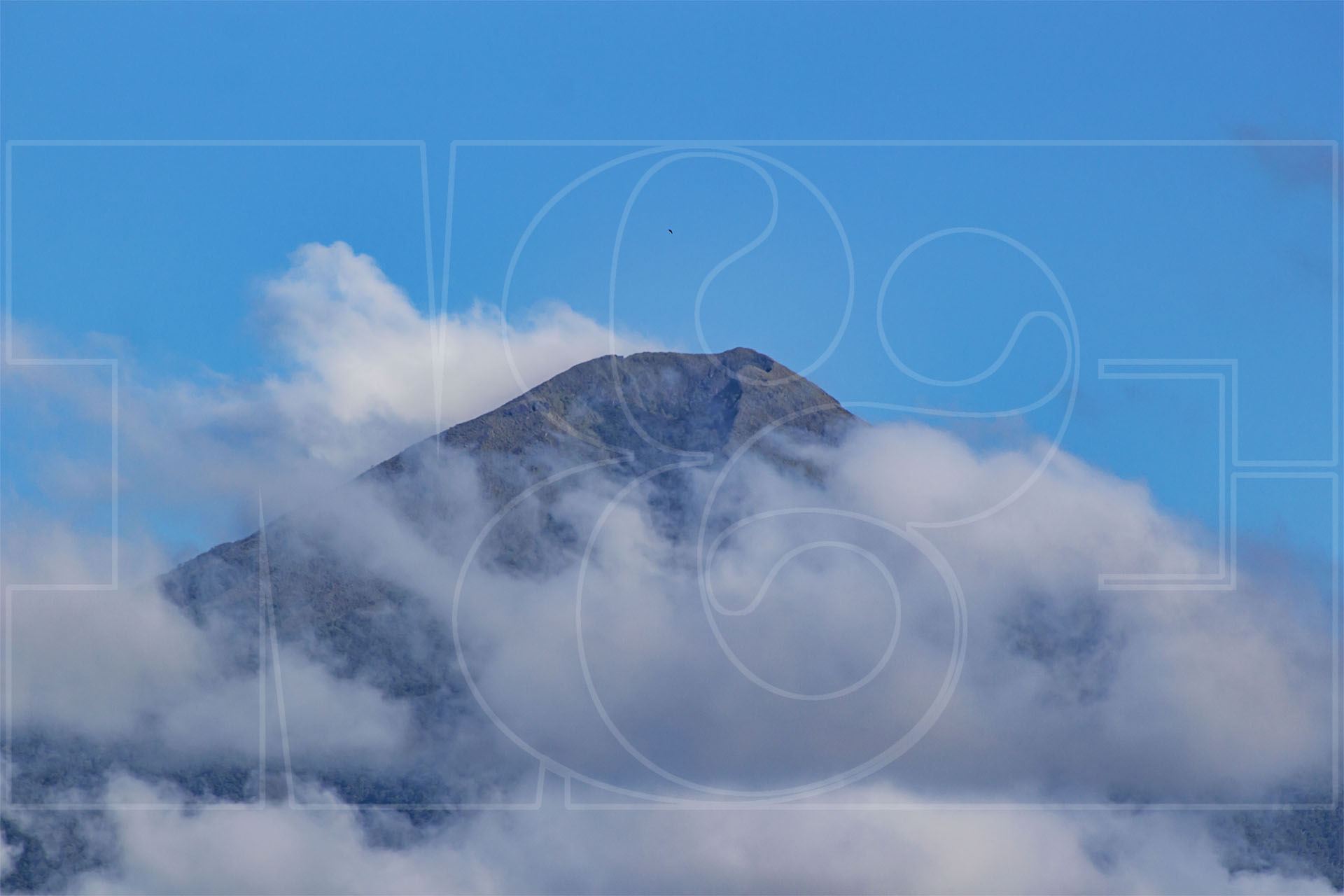
Fort Oranje is a 17th-century Dutch fort that sits on the Island of Ternate in the Indonesian Maluku Islands. Ternate is one of the original Spice Islands and the former capital if the VOC or Dutch East Indies Company. The fort sits close to the ocean its guns still aimed off shore against invasion and protecting its clove monopoly. Above the fort at 1715 meters is the peak of Gunung Gamalama, a stratovolcano that makes up the entire island. Gamalama last erupted in October of 2011. An eruption in 1775 killed around 1300 souls.
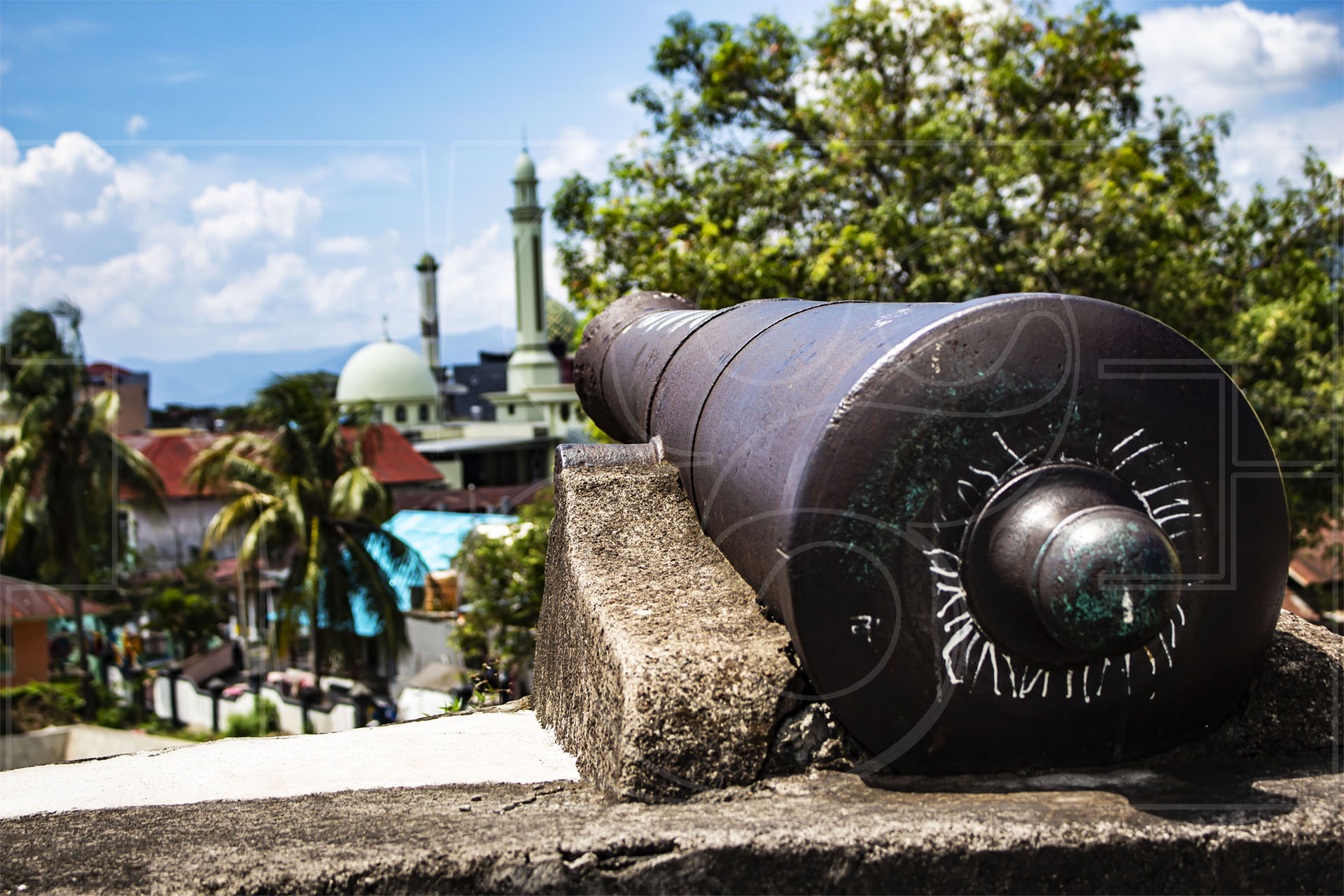
In 1605 the VOC drove the Portuguese out of the Ternate Island only to have Spanish troops capture the former Portuguese fort in 1606. The Spaniards deported the Sultan and his follows to Manila. VOC admiral Cornelis Matelief de Jonge, in 1607, helped the Sultan of Ternate to drive the Spanish from Ternate. The Sultanate of Ternate granted the VOC the spice trade monopoly and allowed them to establish a fort.
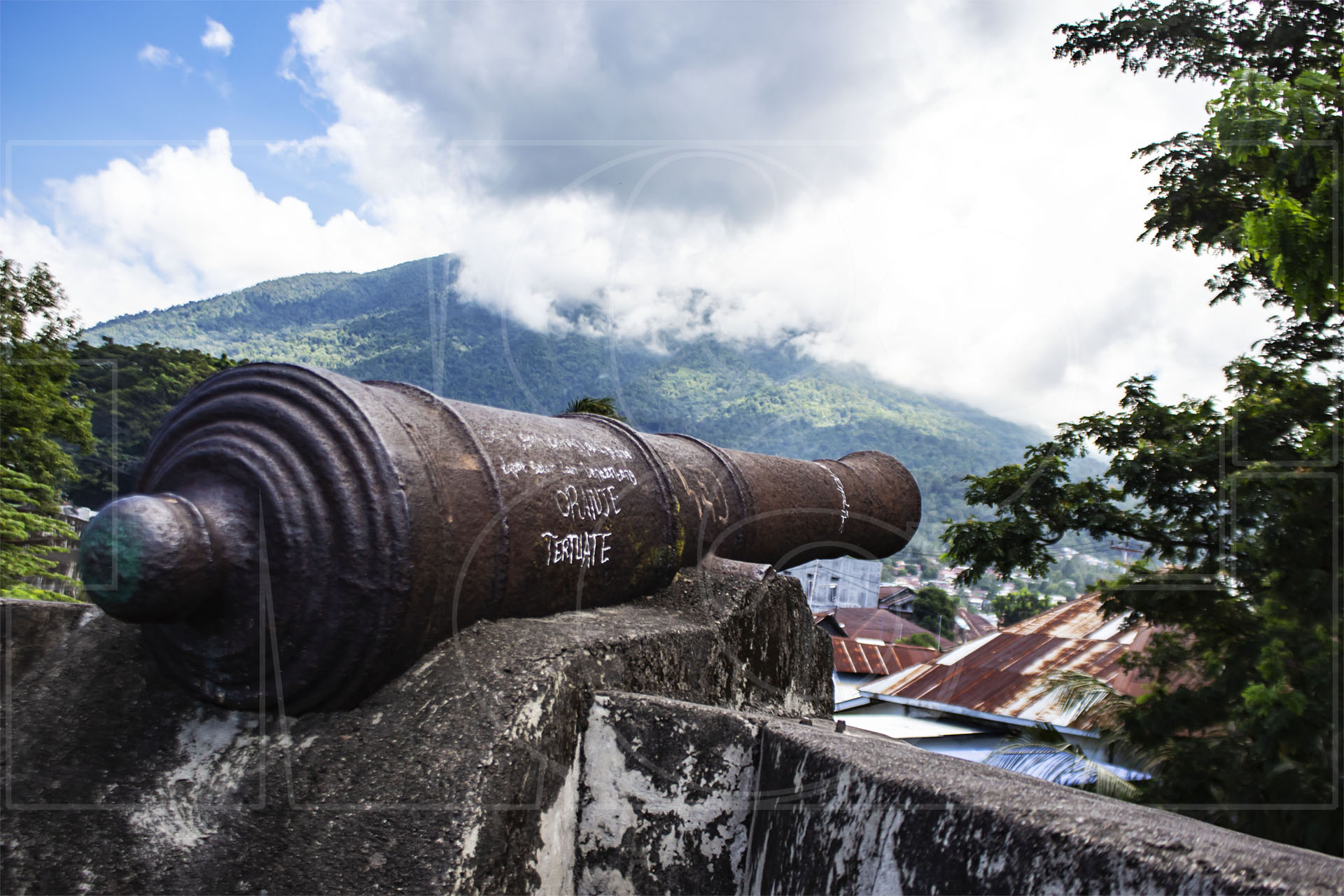
Known as Fort Malay and established on top a Malay Sultan’s fortress that has been damaged. The Dutchman Paul van Carden renamed the fort into Fort Oranje, after the House of Orange in 1609.
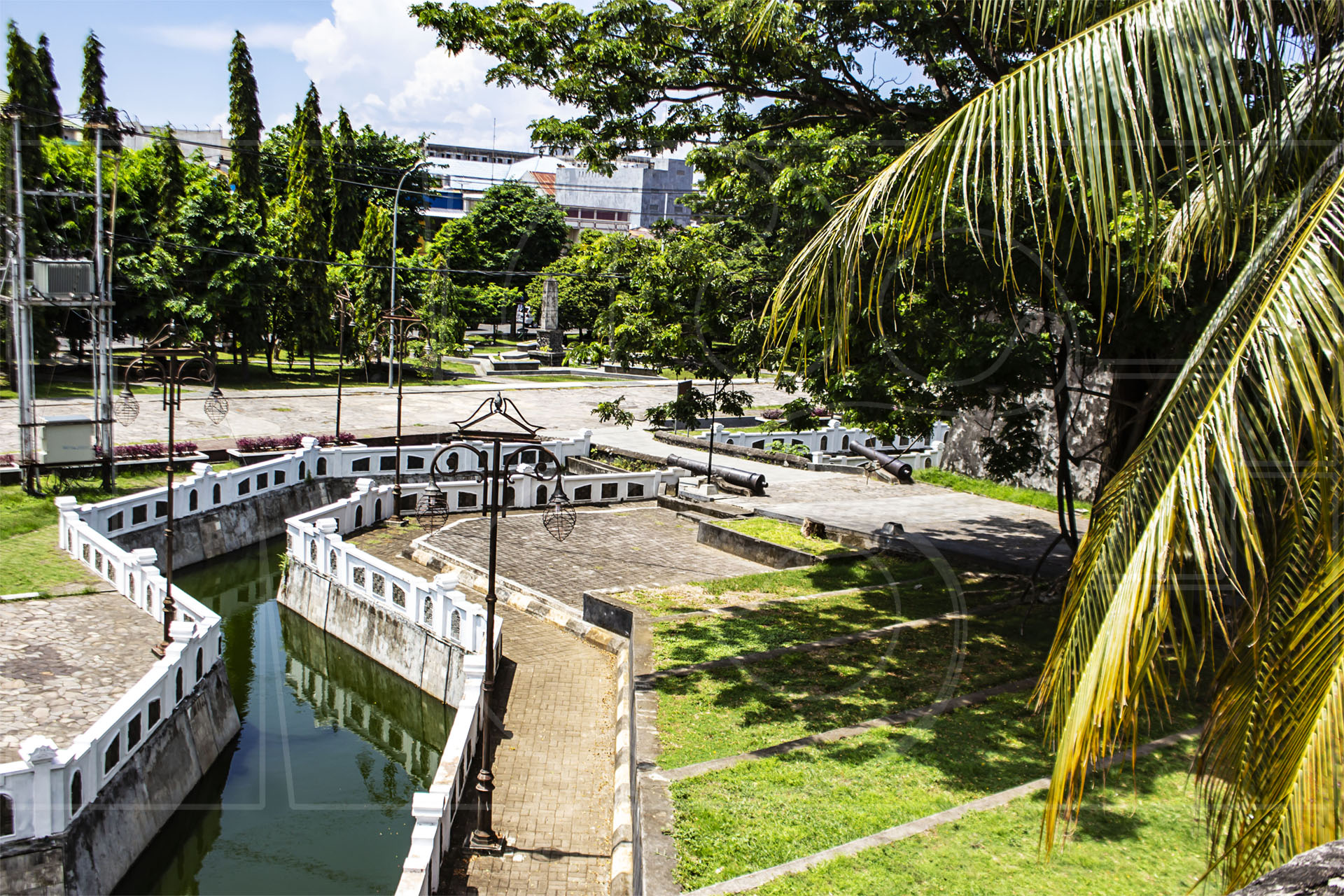
Fort Orange was the capital of the VOC until it was moved to Batavia in 1619. Around this period Ternate was divided between the Spanish and the Dutch. Under Sultan Hamzah (1627-1648), the territory of Ternate was expanded. A number of territories were given to the VOC for military considerations in controlling the local population. In 1663 the Spaniards left Ternate and Tidore.
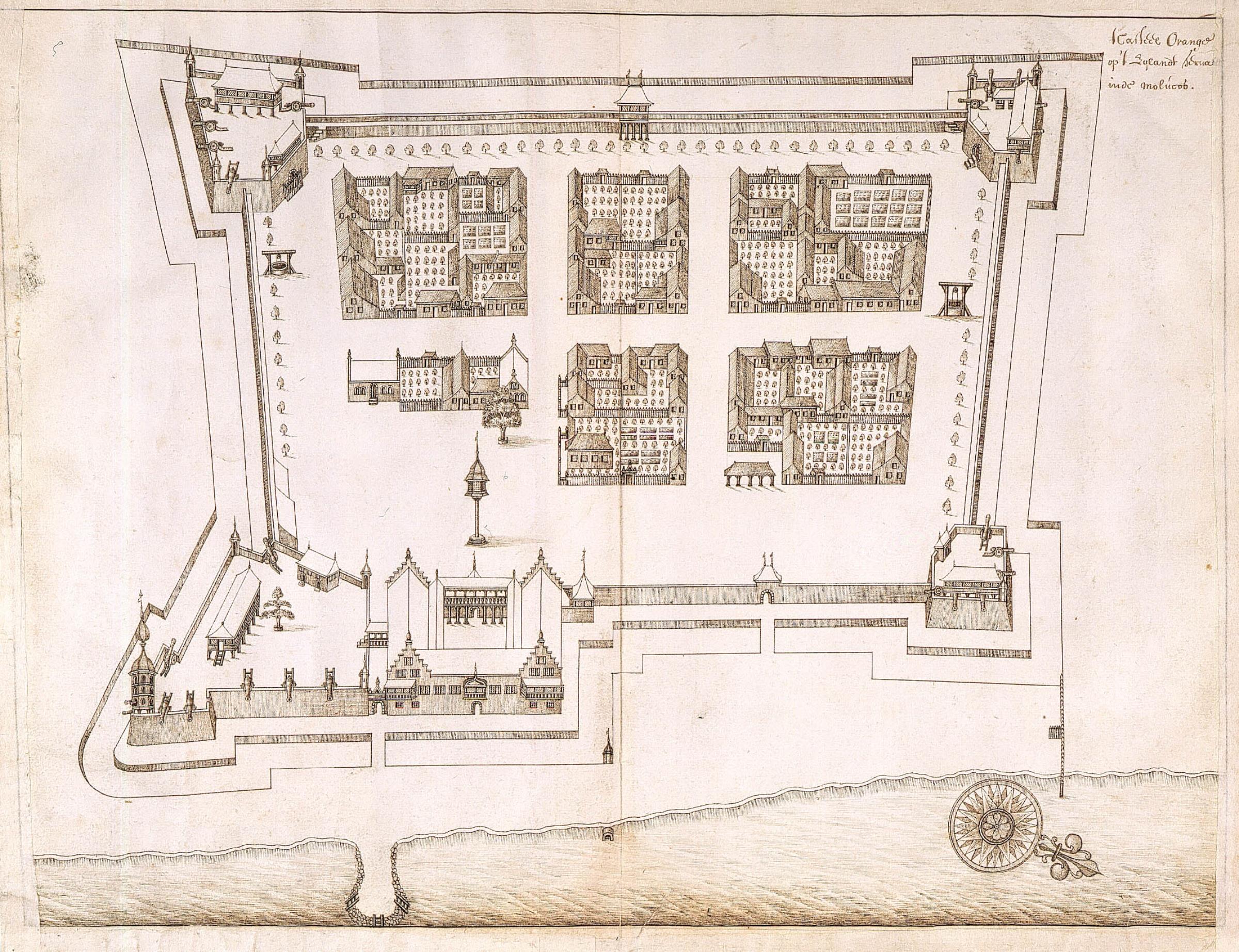
In the 18th century, when the VOC went bankrupt, the possessions of VOC were transferred under the administration of the government of Maluku in 1800. Most of the possessions of the former VOC were subsequently occupied by Great Britain during the Napoleonic wars, including Fort Oranje in 1810. Fort Oranje was restored to the Dutch in 1817.
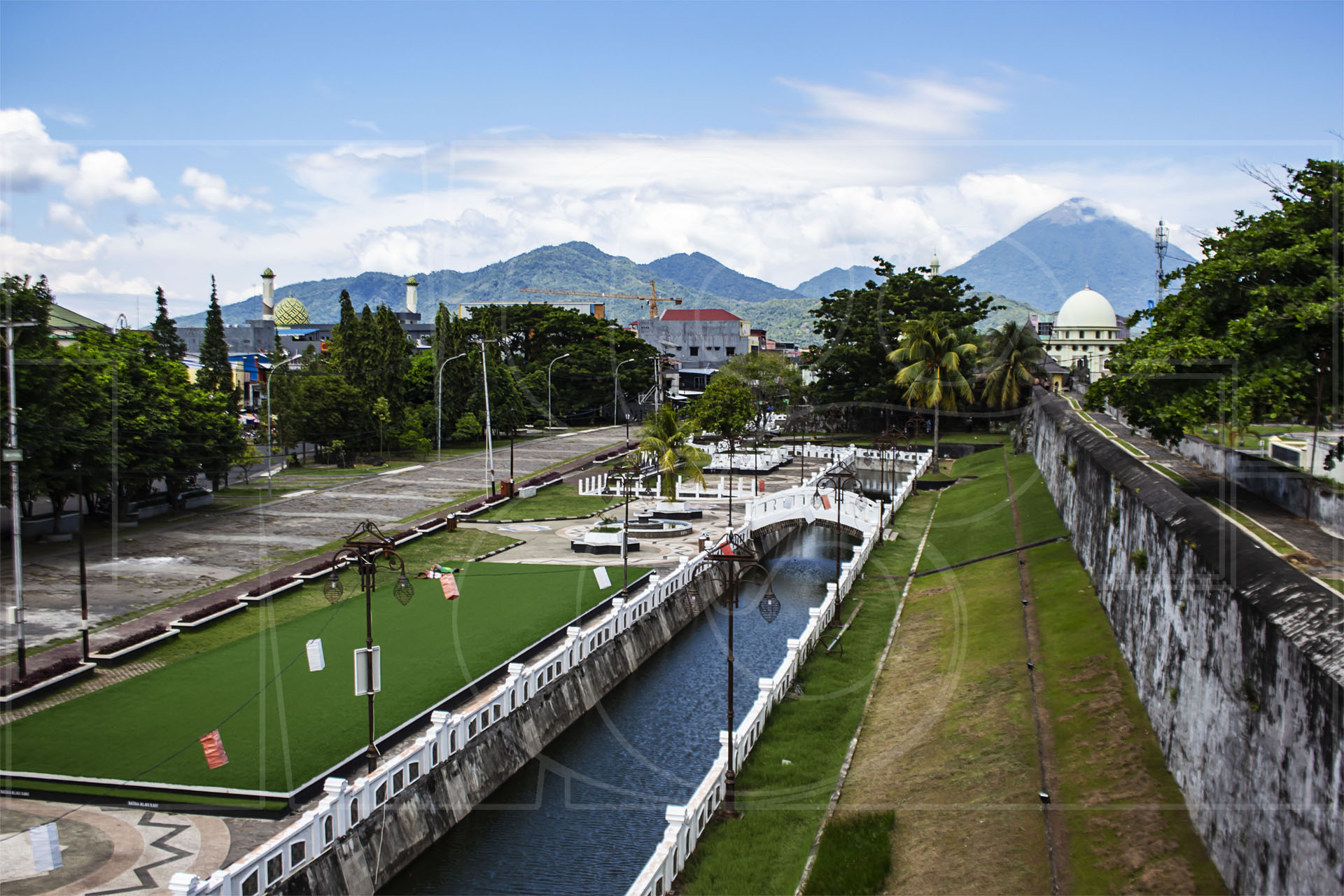
Despite frequent earthquakes in Ternate, Fort Oranje’s stone bulwarks, thick walls, a deep moat, and many cannons are still largely intact.
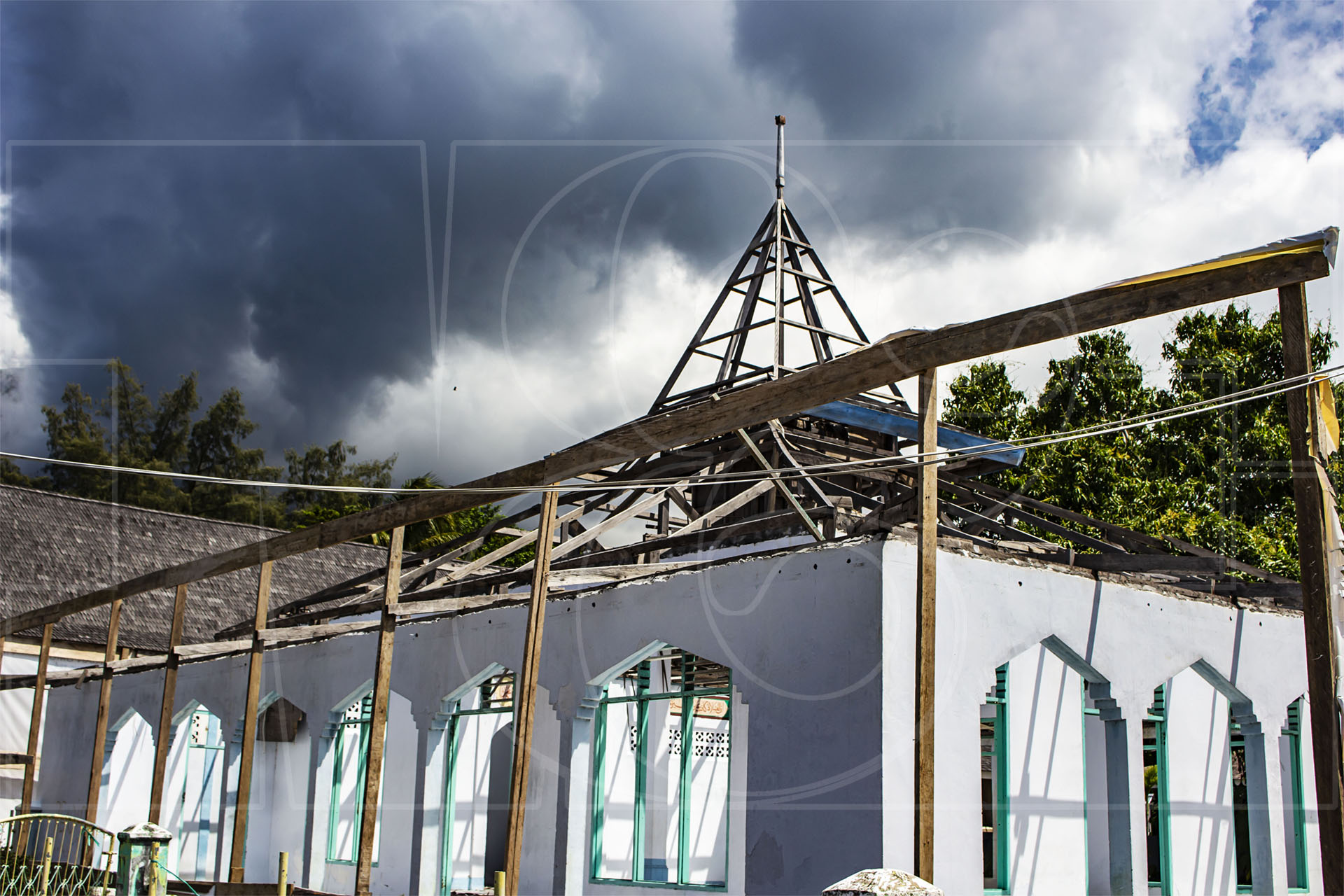
Some area of the fort has been converted into a park. Parts of the fort is now used by the local army garrison and boarding house for the local police families, other government offices and a museum are also contained in the fort but were all closed for Ramadan when we visited. Much of the fort was in disrepair with many buildings suffering from long neglect.
